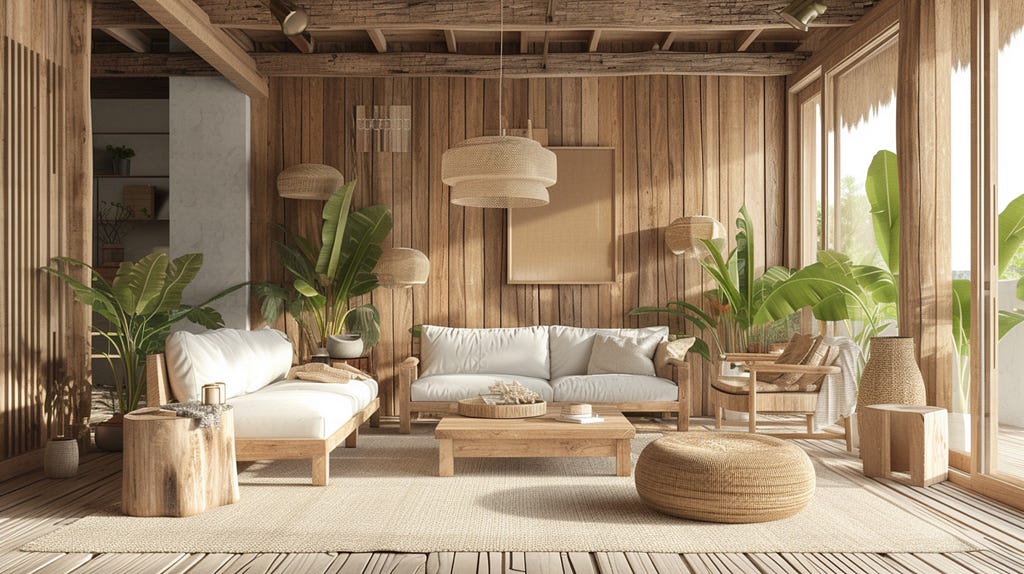Cognitive Ergonomics in Interior Design: Enhancing Comfort and Functionality

Interior design is often perceived as a delicate balance of aesthetics, colours, and materials. Yet, beneath this visual appeal lies a deeper science that shapes how we interact with and experience spaces. Cognitive ergonomics, a field focused on optimising the interaction between humans and their environment, plays a crucial role in interior design. By blending psychology and design principles, cognitive ergonomics ensures that spaces are visually pleasing and mentally enriching. In this article, Ar. Natasha Kochhar, Associate Partner and Principal Architect at LTDF delves into the concept of cognitive ergonomics in interior design, exploring its impact on modern living spaces.
Simplicity and Intuitive Navigation in Design
A visually cluttered space overwhelms the mind, making it difficult to focus or relax. Cognitive ergonomics emphasises simplicity in design, using clean lines and uncluttered surfaces to reduce cognitive strain. For example, a workspace with clearly defined zones for tasks enhances productivity by minimising distractions. Further, humans naturally seek patterns and order. Designing spaces that align with these tendencies makes navigation effortless. In residential interiors, this might involve organising furniture to create natural pathways. Emotional Resonance and Biophilic Design
Colours and materials evoke emotional responses that can influence mood and behaviour. Warm colours like orange and yellow stimulate energy and creativity, while cool tones like blue promote calmness. Cognitive ergonomics leverages this psychological understanding to craft environments that evoke desired emotional states. The integration of natural elements — like plants and organic materials reduces stress and boosts mental well-being. It embraces biophilic design as a way to connect people with nature, fostering a sense of calm and clarity.
Cognitive Ergonomics in Residential Design
In homes, cognitive ergonomics focuses on creating environments that enhance relaxation and functionality. Adjustable lighting systems that mimic natural daylight help regulate circadian rhythms, improving sleep quality and overall mood. Open-plan layouts with distinct zones for cooking and lounging help residents transition between activities. Additionally,incorporating personal elements, like family photos or favourite colours, fosters a sense of emotional comfort.
Cognitive ergonomics is a force in interior design, reshaping spaces to align with human needs and behaviour. By prioritising simplicity and emotional resonance, designers can create environments that enhance comfort and overall well-being.





















































